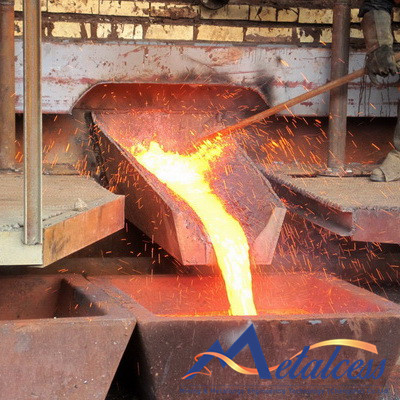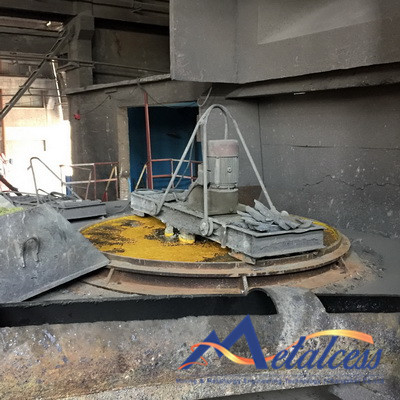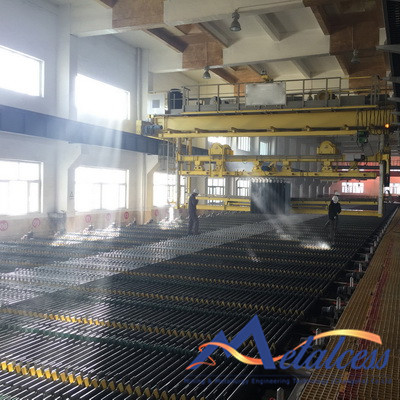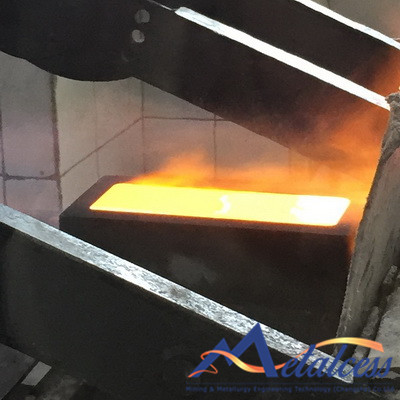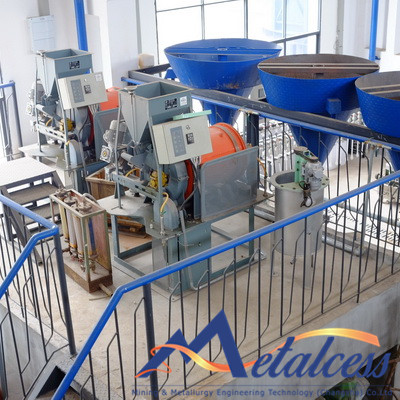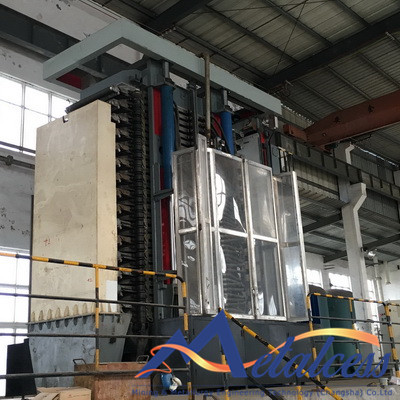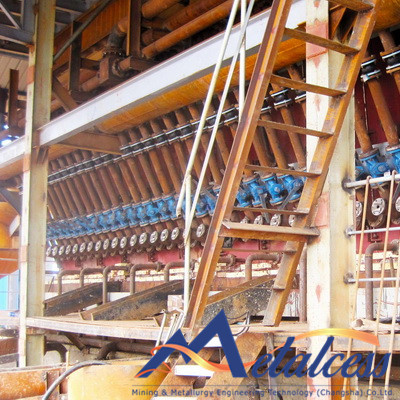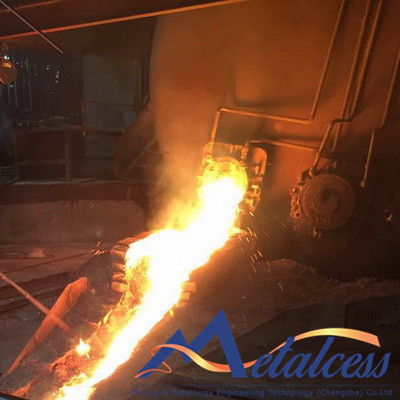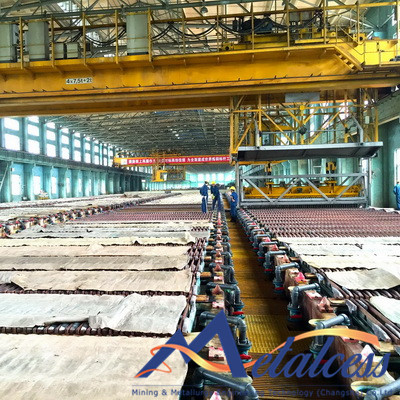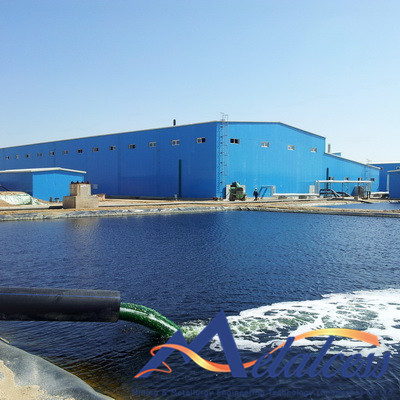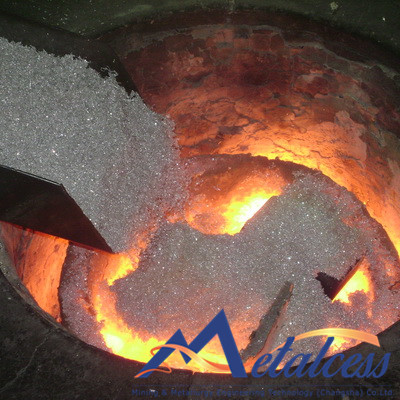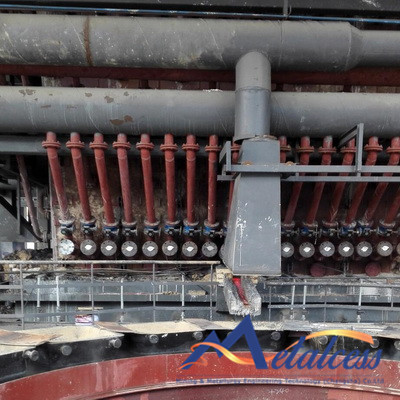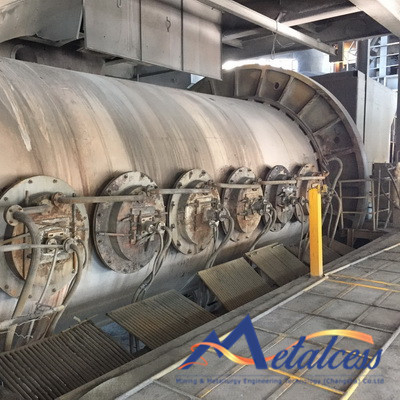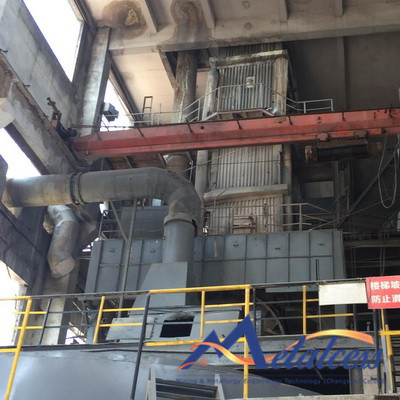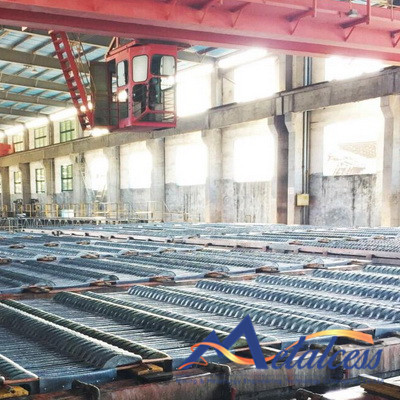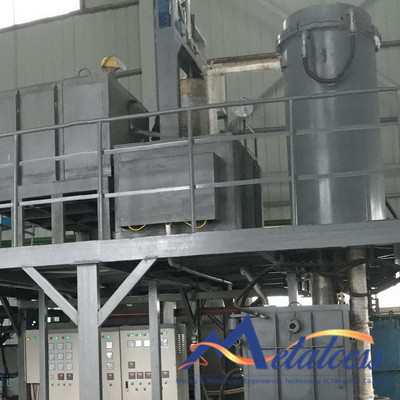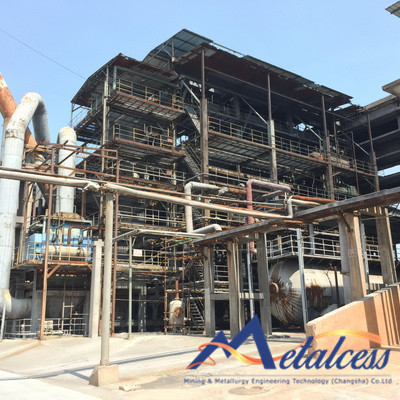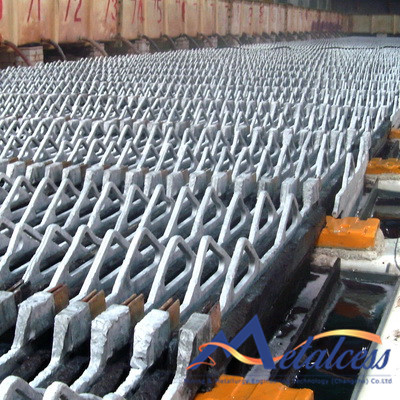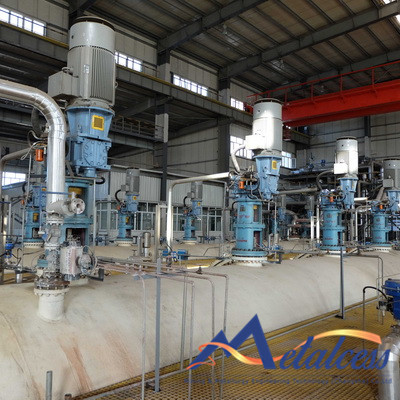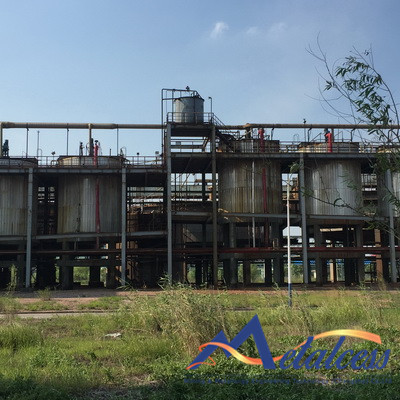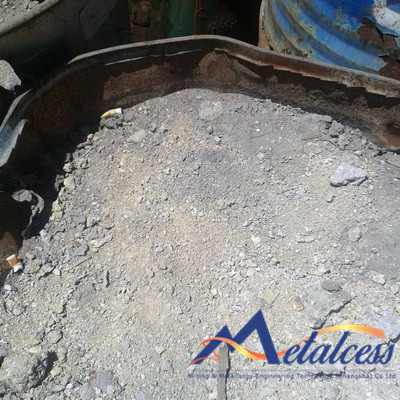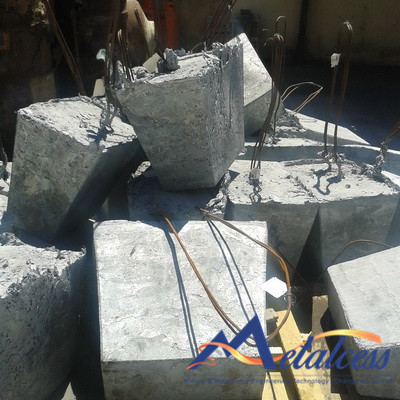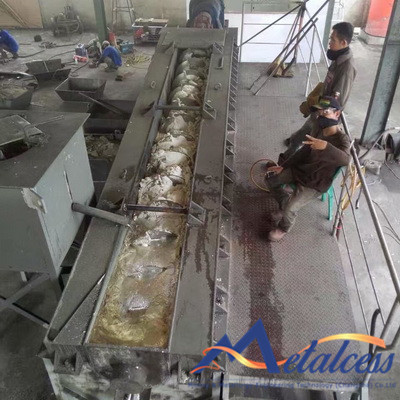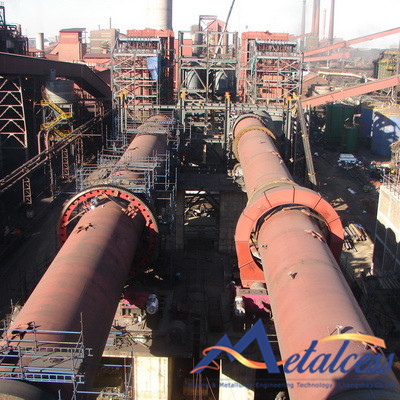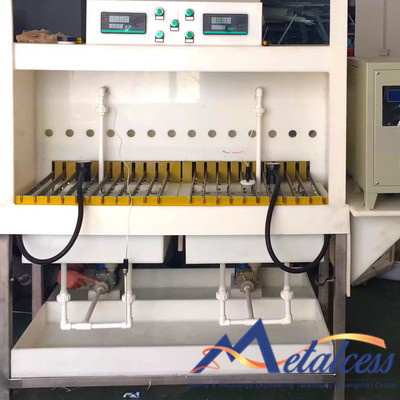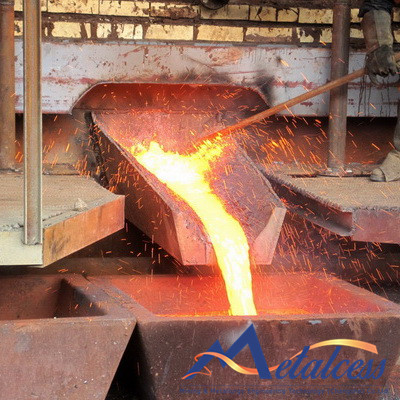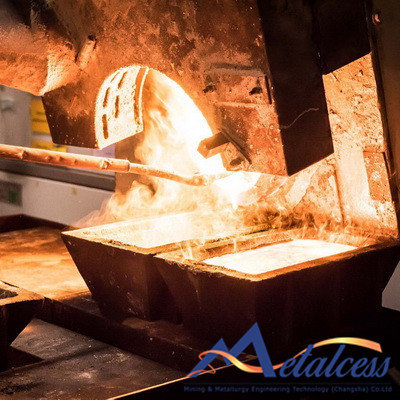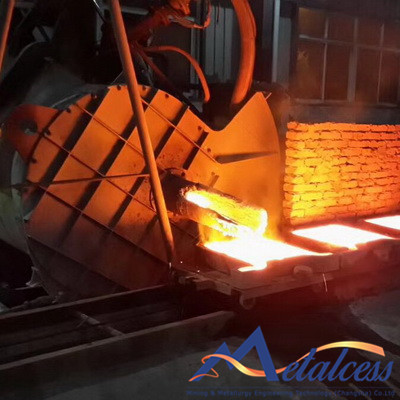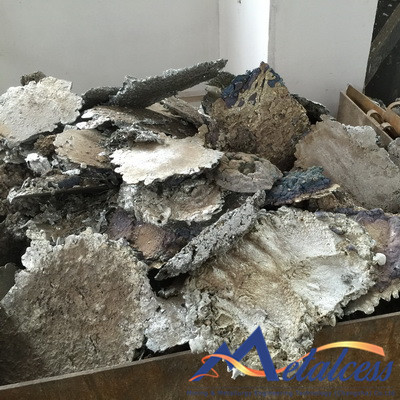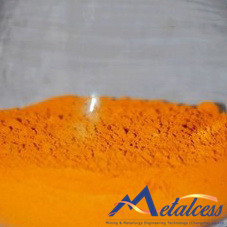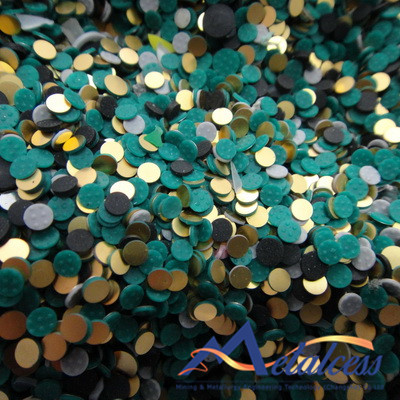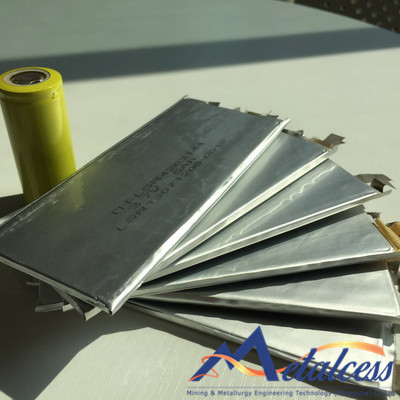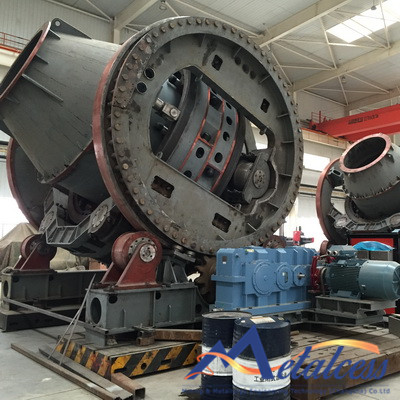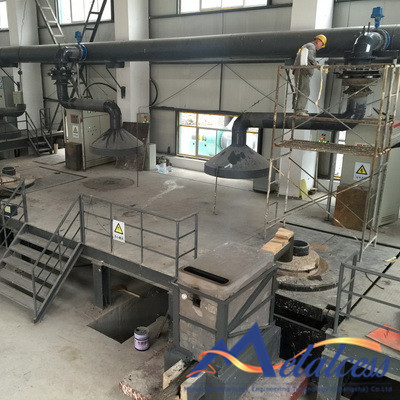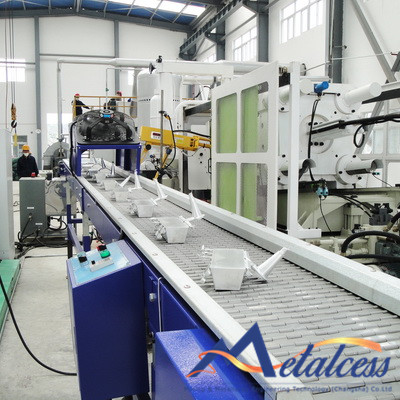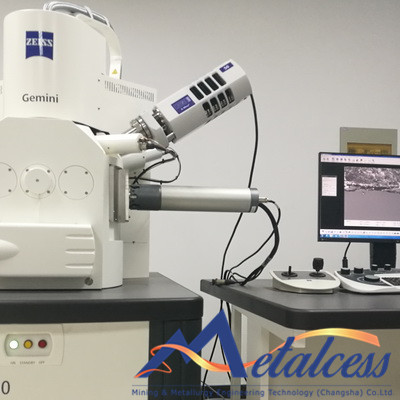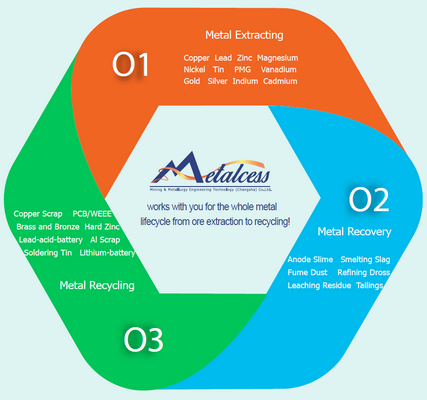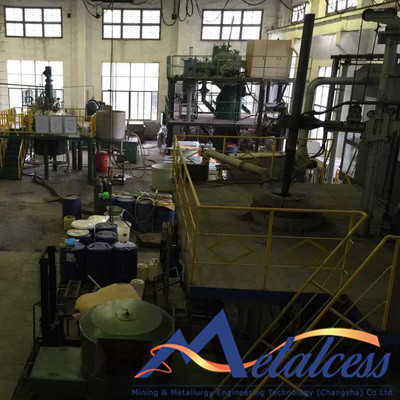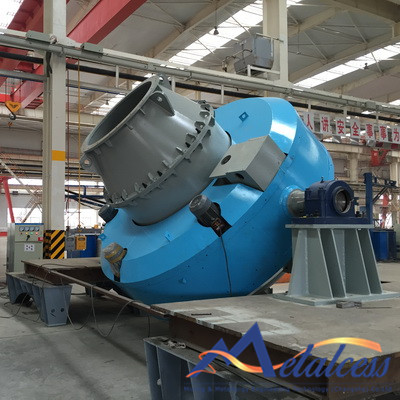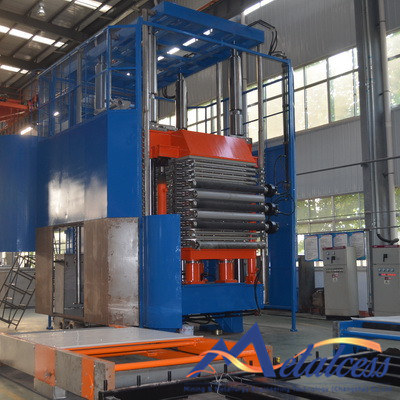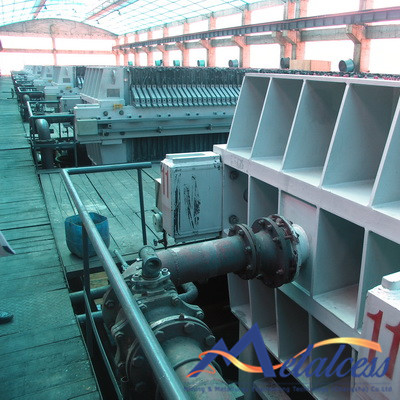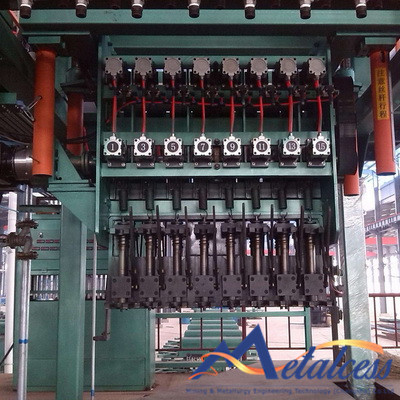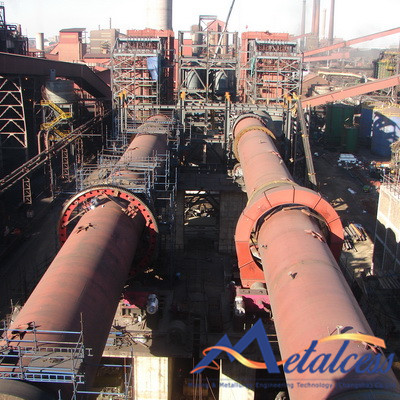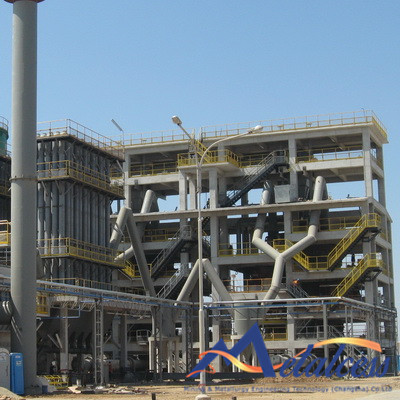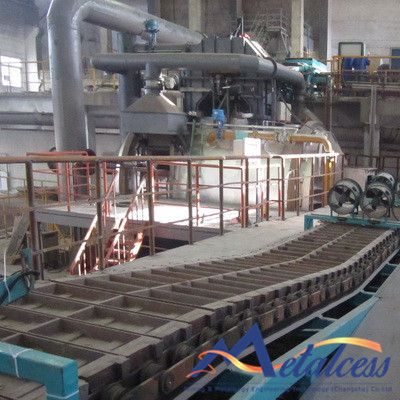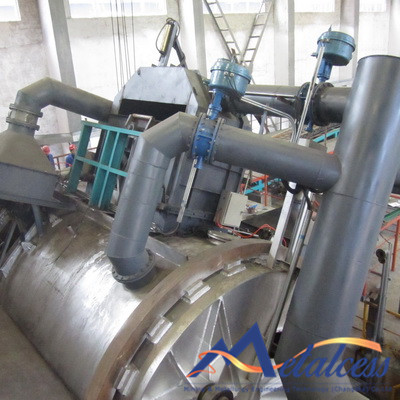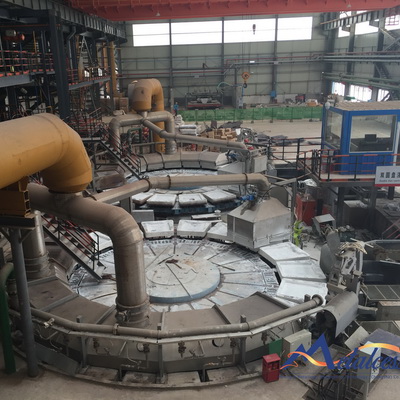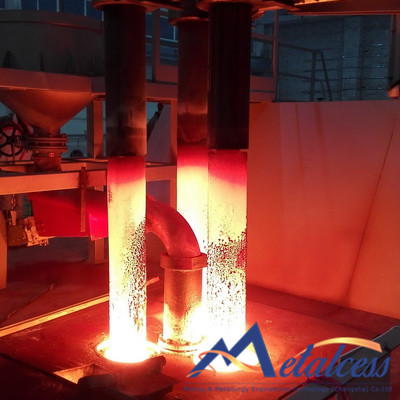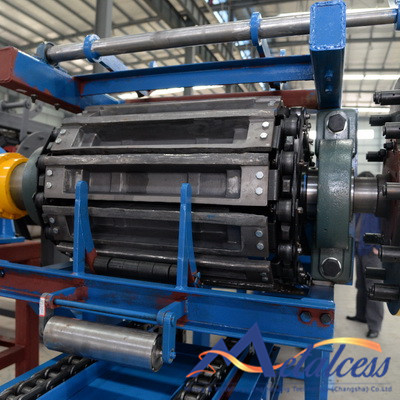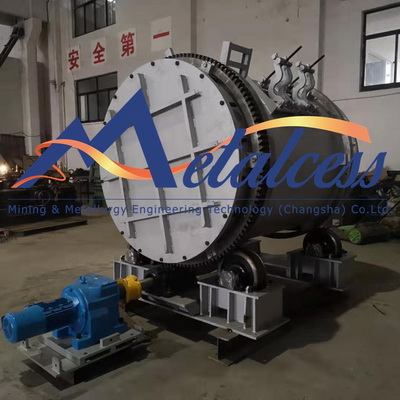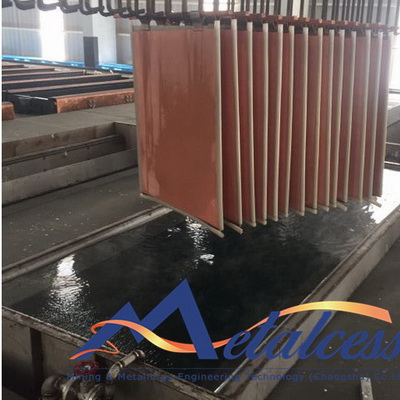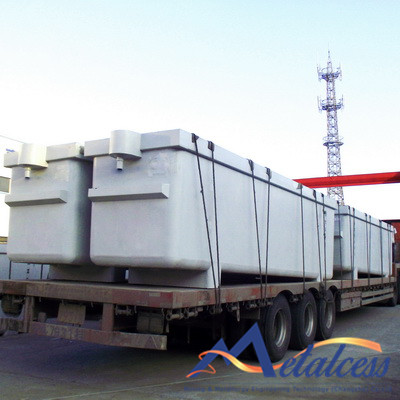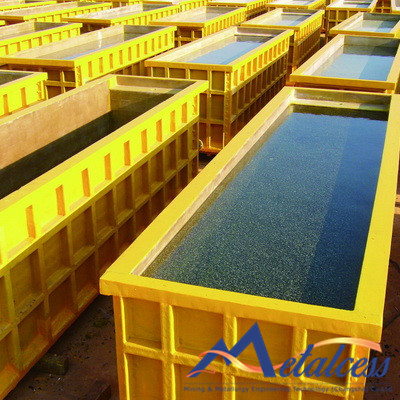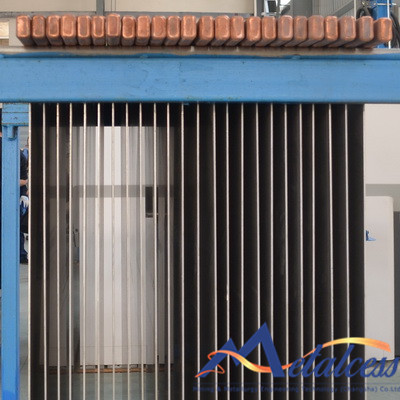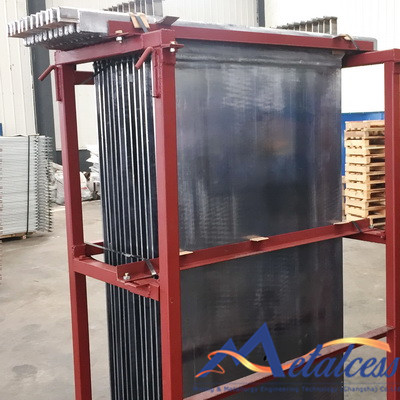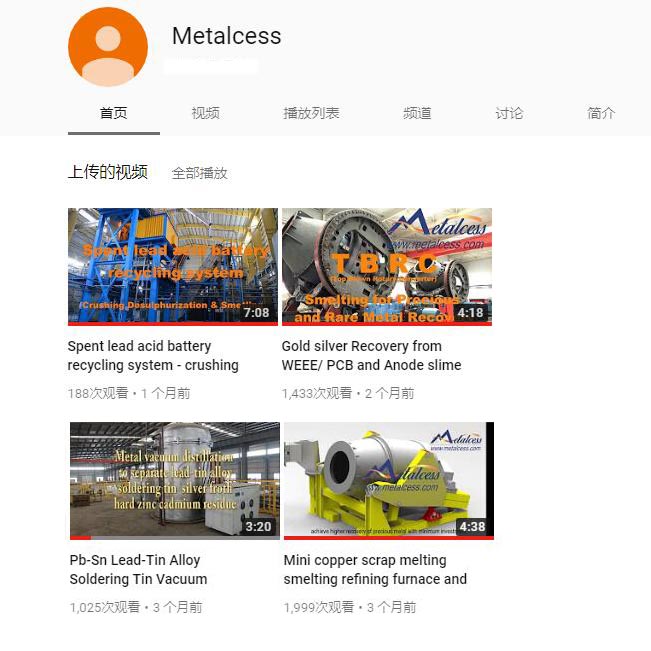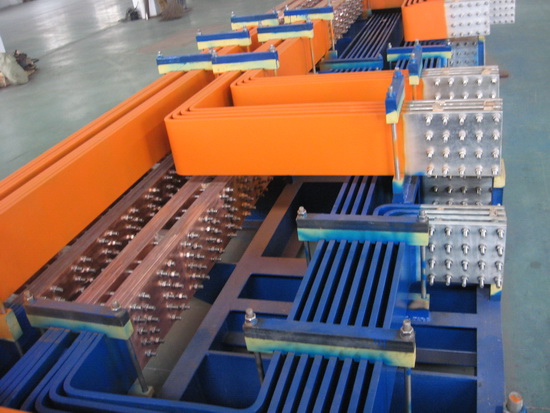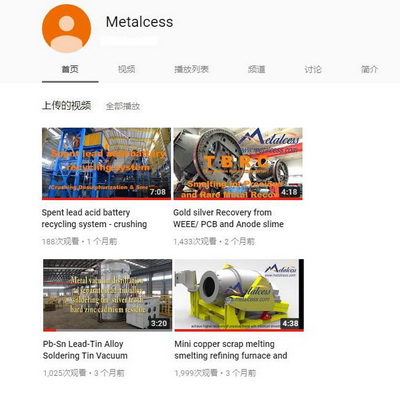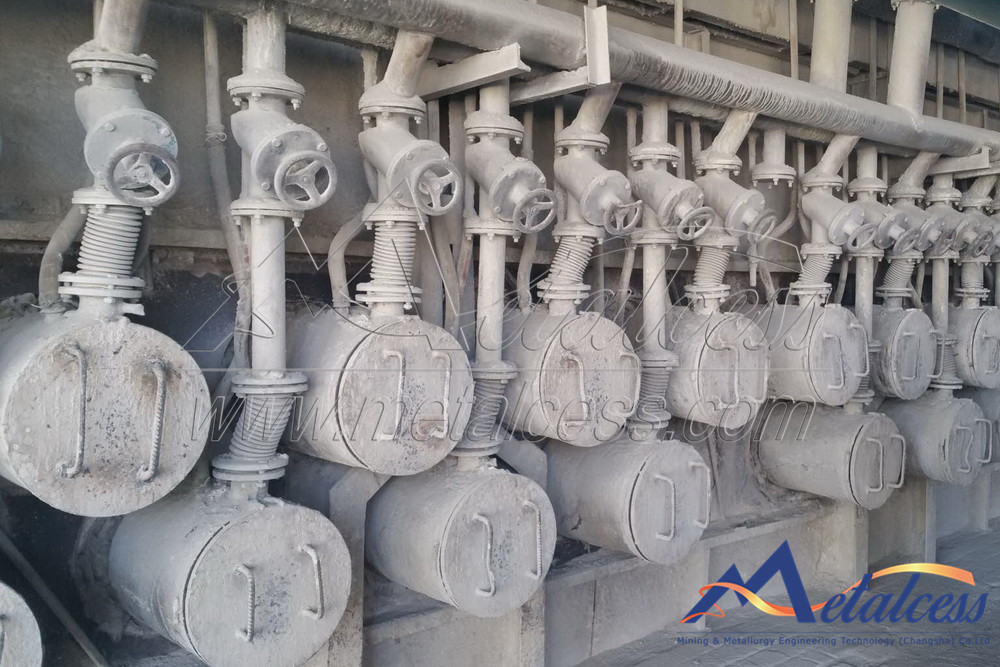Extraction of zinc falls into two groups,
pyrometallurgy and hydrometallurgy. Zinc pyrometallurgy has different methods
by using different equipments like horizontal retorts, vertical retorts,
enclosed blast furnace and electric furnace. Zinc hydrometallurgy includes zinc
conventional/ pressure/hot acid leaching + jarosite/ goethite/ hematite
precipitation + zinc electrowinning. Process
selection depends on the ore concentrate property, local energy supply and
water supply. Iron is the major inclusion of zinc concentrate. Whatever the approach is, high iron content
in less amount slag/residue with easy separation and less zinc loss is
preferred. Apart from economic indicators, environment requirement and energy
consumption are factors taken into consideration.
In terms of zinc pyrometallurgy, horizontal and vertical retorting
has been abandoned due to its high energy consumption, low recovery rate and
environment pollution. The other three processes used in existing smelters
account for only about 15% of global zinc production.
1. Imperial Smelting Process (ISP) uses enclosed blast furnace to treat zinc
lead complex ore. Zinc vapor is released from the top of the furnace while lead
is discharged from the furnace bottom. ISP technology had fast development in
1960s-1970s. Due to its high energy consumption and improvement of zinc &
lead concentrate separation technology, ISP has lost the advantage to zinc hydrometallurgy.
2. Zinc electric arc furnace smelting takes classified sintered ore and coke
as raw material to produce zinc vapor. Zinc vapor discharged from the furnace
top to a zinc spray condenser to get crude zinc. This crude zinc is
distillation refined to high purity zinc and valuable metal like indium,
germanium, and silver. Lead are enriched in the distillation residue (hard
zinc). The hard zinc is further treated by vacuum distillation to recover
valuable metals. In this process, more than 90% indium are captured in zinc
vapor and the recovery rate of indium reaches 80%. Electricity consumption of
zinc electric arc furnace ranges from 3500-4300kw.h/t crude zinc, depending on
the zinc concentrate grade. Compared with vertical retorting process, zinc
electric furnace smelting has better adaptability to raw material, especially
to high copper-iron-silica zinc concentrate, and higher metal recovery rate. Low
investment, short process, easy operation, high direct recovery rate and
controllable environment pollution encourage its application in the area with
zinc ore and sufficient power supply.
Development
of Zinc hydrometallurgy follows the success application of iron precipitation
like jarosite and goethite process, which enables zinc acid leaching
to be a feasible solution. Introduction
of this part please refers to zinc leaching and purification.
Metalcess
developed flash magnetization roasting technology in the aim to recycle
goethite generated in the iron removal process of zinc leaching. It can enrich the goethite residue into standard iron
ore for sale. It is the best accessible green solution to recycle iron at high
efficiency but low cost.
Metalcess also provides
solution to treat zinc leaching residue so as to recover lead and silver. By
fuming with side-blowing furnace, the final residue as fuming slag are
non-hazardous waste suitable for landfilling.





